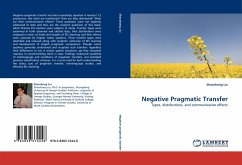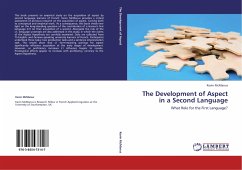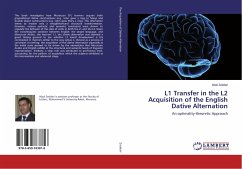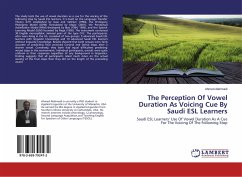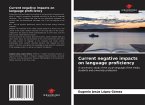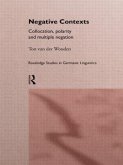Negative pragmatic transfer has been repeatedly reported in learners L2 production. But what are transferred? How are they distributed? What are their communicative effects? These questions were not explicitly addressed to date and thus are the research questions of this book. Adult Chinese EFL learners were subjects of study. Transfer types were examined in both observed and elicited data; their distributions were analyzed in terms of levels and lengths of EFL learning; and their effects were assessed by English native speakers. Three transfer types were identified and reduced along with students extension of EFL learning and development of English pragmatic competence. Though native speakers generally understood and accepted such transfers regardless their differences of use in similar speech situations, yet they remained cautious in recommending them in class. Findings evidenced variability of interlanguage and conditions of pragmatic transfers, and extended previous classification schemes. It is a must read for both understanding the status quo of pragmatic transfer, interlanguage studies, and effective EFL teaching.
Bitte wählen Sie Ihr Anliegen aus.
Rechnungen
Retourenschein anfordern
Bestellstatus
Storno

